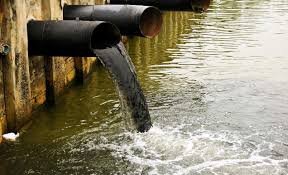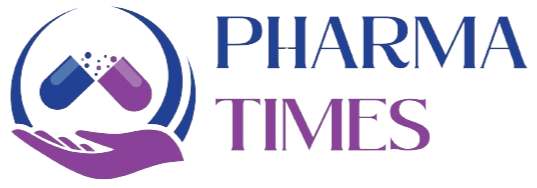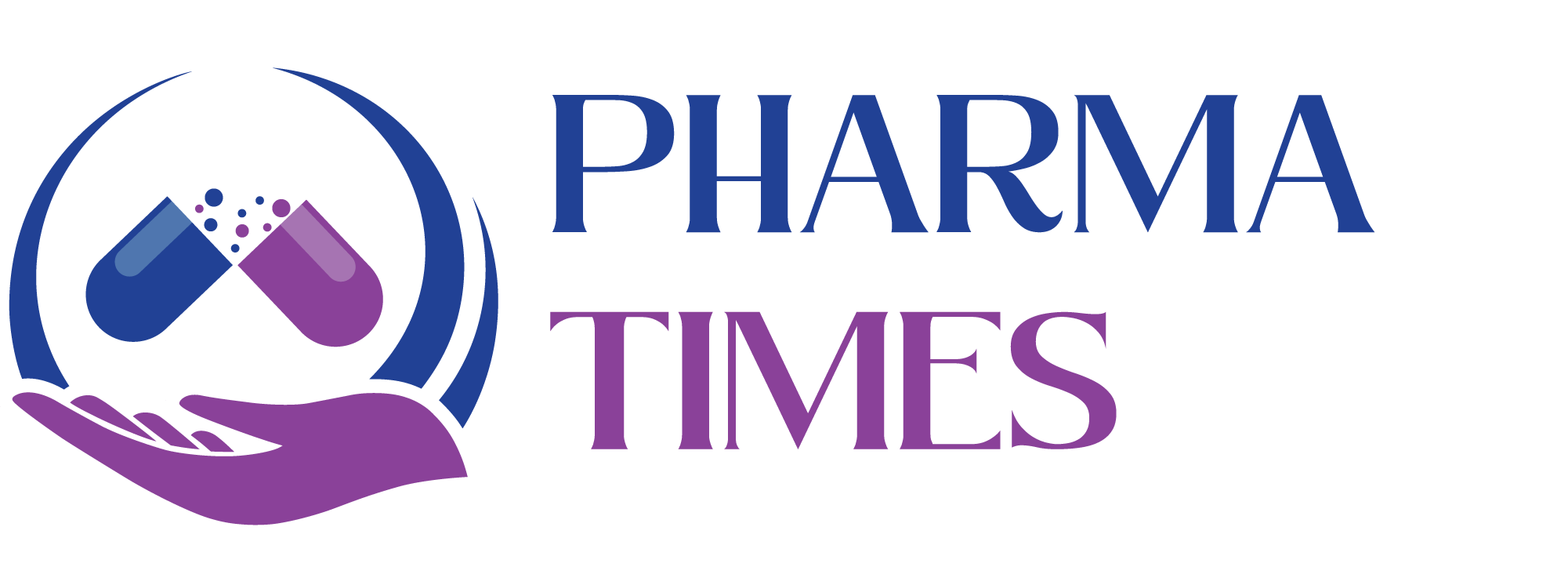Case Studies: Troubleshooting Purified Water System Failures

Case Studies: Troubleshooting Purified Water System Failures
A Purified Water (PW) System must consistently supply water that meets pharmacopeial standards (USP, EP, IP, JP) for use in manufacturing, cleaning, and testing. Failures in the system can lead to OOS results, deviations, and regulatory findings. Below are some realistic case studies and troubleshooting approaches.
Case Study 1: High Microbial Counts in PW
-
Observation: Microbial counts exceeded alert and action limits during routine monitoring.
-
Possible Causes:
-
Dead legs in distribution loop.
-
Poor sanitization practices.
-
Inadequate temperature control (water <65°C in hot systems).
-
Biofilm formation.
-
-
Troubleshooting Steps:
-
Perform system sanitization (hot water/ozone).
-
Identify and remove dead legs.
-
Increase monitoring frequency.
-
Review SOPs for sanitization and sampling techniques.
-
-
Preventive Action: Routine sanitization schedule, loop redesign, continuous monitoring.
Case Study 2: Elevated Total Organic Carbon (TOC) Levels
-
Observation: TOC results failed specification (e.g., >500 ppb).
-
Possible Causes:
-
Contamination from resins, gaskets, or storage tanks.
-
Inadequate sanitization leading to organic buildup.
-
Leaching of organics from newly installed piping materials.
-
-
Troubleshooting Steps:
-
Flush system and sanitize.
-
Replace or regenerate ion-exchange resins.
-
Inspect and replace degraded gaskets/seals.
-
-
Preventive Action: Vendor qualification of materials, scheduled replacement of resins, validation of TOC monitoring system.
Case Study 3: Conductivity Out of Specification
-
Observation: Conductivity exceeded USP limits.
-
Possible Causes:
-
Malfunctioning deionization unit or RO membrane.
-
Regeneration failure of ion-exchange resins.
-
CO₂ ingress due to tank vent filter issues.
-
-
Troubleshooting Steps:
-
Check RO membrane integrity and performance.
-
Inspect cation/anion resin condition.
-
Replace vent filters.
-
-
Preventive Action: Scheduled maintenance and calibration, online conductivity monitoring, double vent filter setup.
Case Study 4: Endotoxin Failure
-
Observation: PW tested positive for endotoxin above specification.
-
Possible Causes:
-
Biofilm formation in distribution lines.
-
Improper storage tank design or sanitization.
-
Inadequate hot water sanitization cycle.
-
-
Troubleshooting Steps:
-
Conduct thermal sanitization or chemical cleaning (e.g., NaOH flush).
-
Perform loop disinfection validation.
-
Inspect storage tank spray ball coverage.
-
-
Preventive Action: Maintain hot recirculation ≥65–80°C, monitor biofilm indicators, perform endotoxin trend analysis.
Case Study 5: Frequent OOS in User Points
-
Observation: Different user points showing inconsistent OOS (TOC, conductivity, microbes).
-
Possible Causes:
-
Sampling technique errors.
-
Stagnant water in sampling points.
-
Faulty valves/gaskets at user points.
-
-
Troubleshooting Steps:
-
Retrain staff on aseptic sampling techniques.
-
Flush user points before sampling.
-
Replace faulty valves with zero-dead-leg designs.
-
-
Preventive Action: Sampling SOP review, operator qualification, periodic point qualification.
Lessons Learned
-
Trend monitoring (using alert/action levels) is critical to detect failures early.
-
Design, operation, and maintenance must be integrated — poor design cannot be corrected by frequent sanitization alone.
-
Root cause investigations should include system design, material of construction, maintenance practices, and operator handling.
-
CAPA implementation must ensure long-term reliability and compliance.
🎓 Discover one of the best Complete Pharmaceutical Quality Assurance Course available —click below to explore the course that’s shaping future in QA Course skills.

